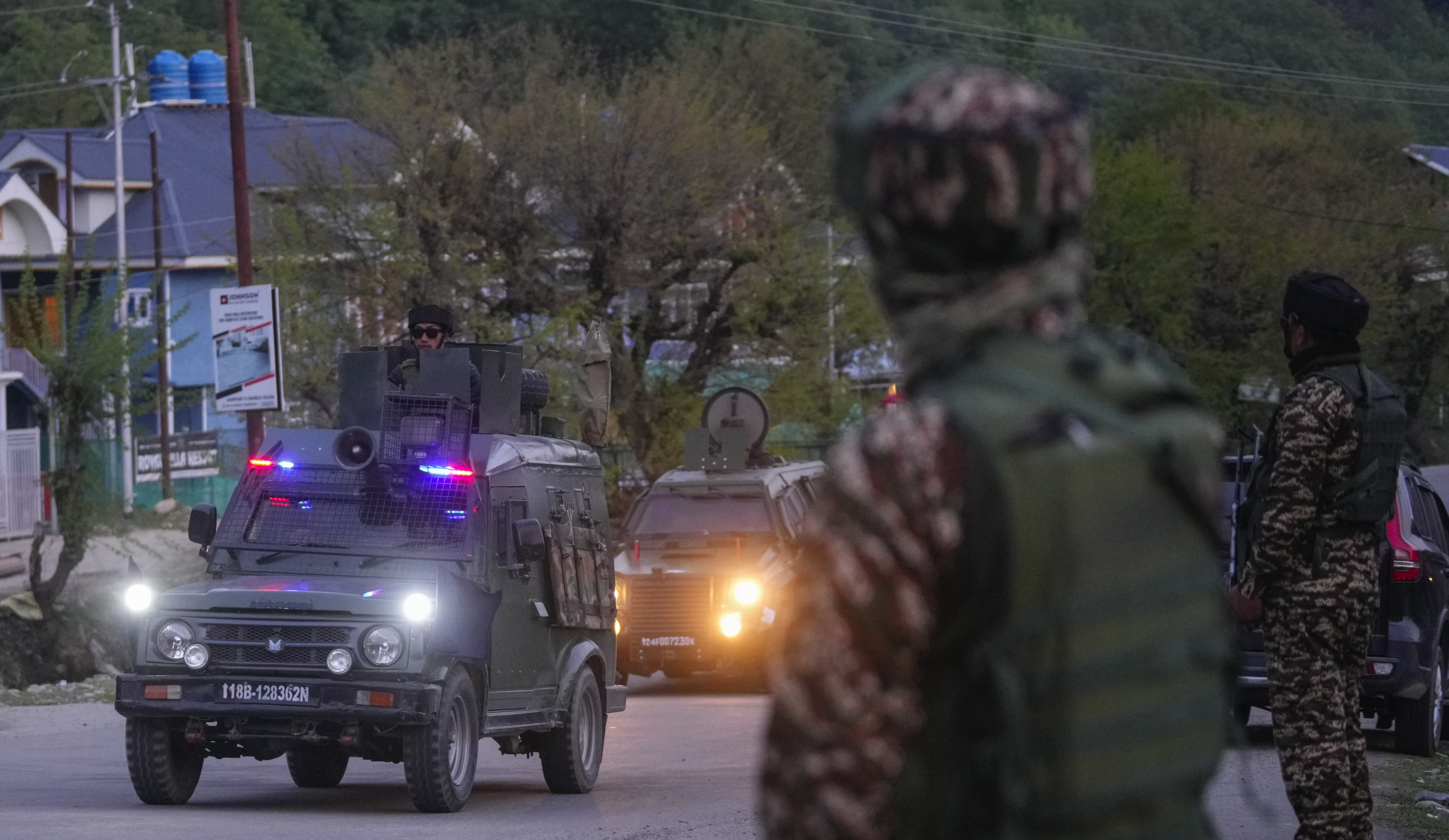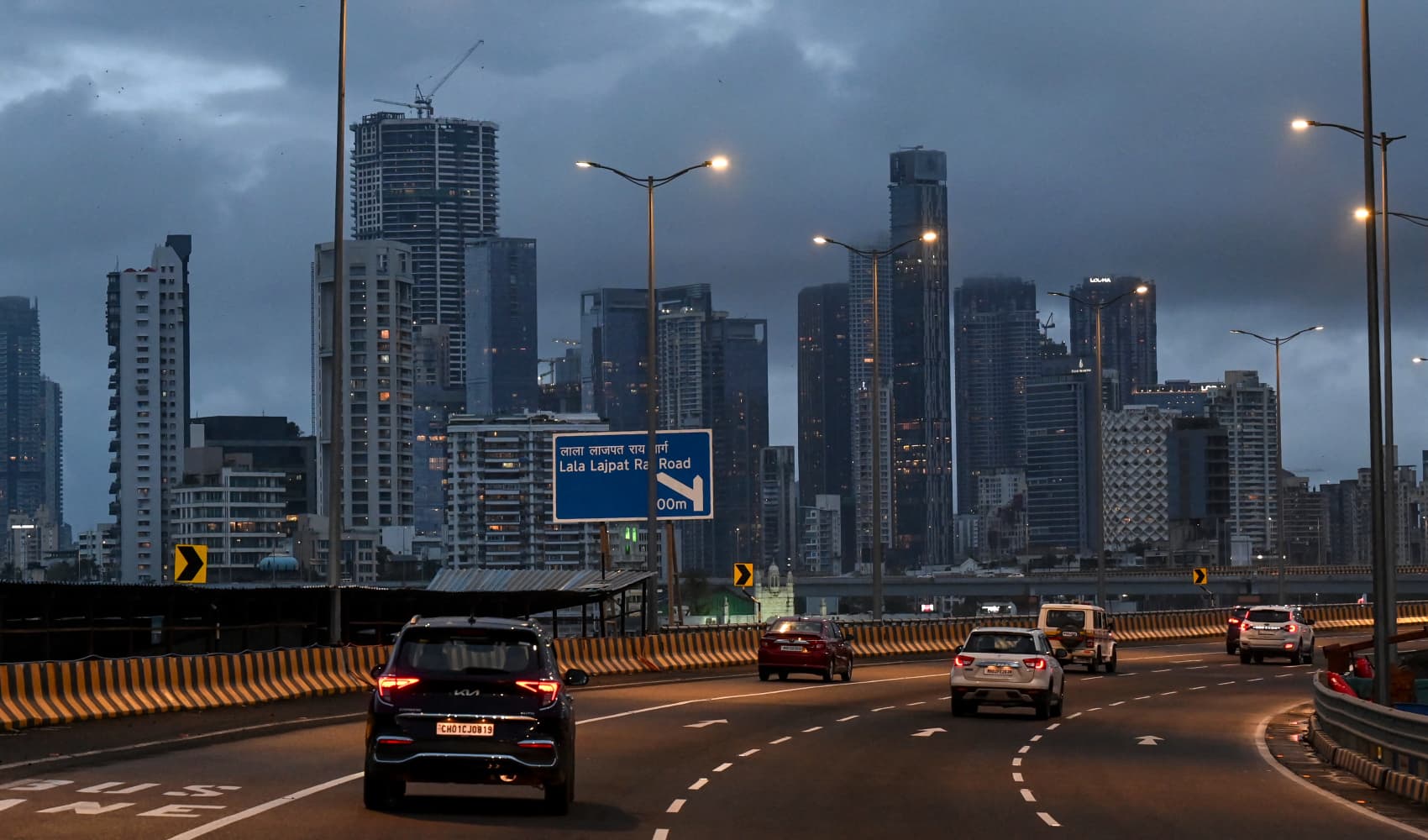Kashmir Tourist Massacre: 26 Killed - What's Next?
Kashmir Resort Massacre: Gunmen Target Tourists, Claiming 26 Lives
Introduction: A Dark Day in Kashmir's Tourism
Imagine stepping into a postcard-perfect paradise, only to find yourself caught in a nightmare. That's the devastating reality that unfolded in Baisaran meadow, a scenic spot near Pahalgam in Indian-controlled Kashmir. Gunmen opened fire on a group of tourists, shattering the peace and claiming the lives of at least 26 innocent people. This brutal attack marks a grim turning point in the region's conflict, a conflict that, until now, had largely spared tourists.
The Attack: A Detailed Account
Setting the Scene: Baisaran Meadow Under Siege
Baisaran meadow, often called "Mini Switzerland," is a popular tourist destination known for its lush greenery and breathtaking views. On Tuesday, it became a scene of unimaginable horror. According to police reports, the attack occurred in broad daylight, catching tourists completely off guard. Can you imagine the sheer terror?
The Perpetrators: Militants Targeting Civilians
Police have pointed the finger at militants fighting against Indian rule in the region. These militants, allegedly numbering at least four, are said to have fired at the tourists from close range. The motivation behind this heinous act remains under investigation, but the aim seems clear: to destabilize the region and strike a blow against Indian authority. This appears to be a deliberate shift towards targeting civilians, a deeply concerning development.
The Victims: Innocent Lives Lost
Among the dead, the majority were Indian tourists seeking a peaceful getaway. At least three dozen more were wounded, some critically. These were families, couples, and individuals hoping to experience the beauty of Kashmir. Now, their vacations have ended in tragedy. The attack underscores the fragility of life and the devastating impact of violence on innocent people.
The Aftermath: Grief and Condemnation
Immediate Response: Collecting the Dead and Treating the Wounded
The immediate aftermath of the attack was chaotic and heartbreaking. At least 24 bodies were initially collected from the scene, with two more succumbing to their injuries later. Rescue workers and security forces rushed to the meadow to evacuate the wounded and secure the area. The scale of the tragedy was immediately apparent, leaving first responders reeling.
Political Reaction: Condemnation and Calls for Action
Omar Abdullah, the region's top elected official, expressed his outrage and sorrow on social media. “This attack is much larger than anything we’ve seen directed at civilians in recent years,” he wrote. Political leaders across the spectrum have condemned the attack and called for swift action to bring the perpetrators to justice. Will this tragedy lead to a renewed push for peace and stability in the region?
Security Measures: Heightened Alert and Investigation
In the wake of the attack, security has been significantly increased across Indian-controlled Kashmir. Authorities have launched a full-scale investigation to identify and apprehend the militants responsible. Checkpoints have been set up, and security forces are conducting search operations in the surrounding areas. The goal is to prevent further attacks and reassure the public.
The Kashmir Conflict: A Complex and Troubled History
Historical Context: The Roots of the Conflict
The conflict in Kashmir is a long-standing dispute between India and Pakistan, both of whom claim the region in its entirety. The conflict has its roots in the partition of India in 1947, when the princely state of Jammu and Kashmir was given the option to join either India or Pakistan. The then-ruler chose to join India, a decision that Pakistan has contested ever since. This dispute has fueled decades of violence and instability in the region.
The Role of Militancy: Armed Groups and Insurgency
For decades, various militant groups have been fighting against Indian rule in Kashmir. Some of these groups seek complete independence, while others advocate for joining Pakistan. These groups have carried out numerous attacks on security forces and civilians, contributing to the ongoing violence. The rise of militancy has had a devastating impact on the lives of ordinary Kashmiris.
Impact on Tourism: A Once-Thriving Industry in Crisis
Kashmir, once known as "Paradise on Earth," was a popular tourist destination. However, the ongoing conflict has severely impacted the tourism industry. While efforts have been made to promote tourism and reassure visitors, the threat of violence remains a major deterrent. The recent attack is a devastating blow to any hopes of a full recovery. Is this the end of Kashmir as a safe tourist destination?
Targeting Tourists: A New and Dangerous Tactic?
Shifting Strategies: From Military Targets to Civilians
While civilians have unfortunately been caught in the crossfire in the past, the deliberate targeting of tourists marks a concerning shift in the militants' strategy. By attacking tourists, the militants are not only inflicting casualties but also aiming to damage the region's economy and undermine Indian authority. This raises serious questions about their long-term goals and tactics. Why target innocent tourists?
Propaganda and Messaging: The Motives Behind the Attack
It's likely that the attack was intended to send a message both to the Indian government and to the international community. By demonstrating their ability to strike at will, the militants aim to undermine confidence in the region's security and highlight their ongoing struggle. They may also be seeking to discourage tourism and isolate the region from the rest of the world. This act of terror is designed to create fear and sow division.
Long-Term Implications: The Future of Kashmir's Tourism
The attack will undoubtedly have a chilling effect on tourism in Kashmir. Many potential visitors will be deterred by the perceived risk of violence. This could have a devastating impact on the local economy, which relies heavily on tourism. Rebuilding trust and restoring confidence will be a long and difficult process. Can Kashmir ever truly recover its former glory?
Global Response: International Condemnation and Support
Condemnation from World Leaders: Expressing Solidarity
The attack has been widely condemned by world leaders and international organizations. Many have expressed their condolences to the families of the victims and reaffirmed their support for India in its fight against terrorism. This international solidarity is crucial in sending a message that such acts of violence will not be tolerated. The global community stands united against terrorism.
International Aid and Assistance: Helping the Victims and the Region
Some countries and organizations may offer aid and assistance to help the victims of the attack and support the region's recovery efforts. This could include providing medical supplies, financial assistance, and expertise in trauma counseling. International support can play a vital role in helping Kashmir rebuild and move forward. How can the world help Kashmir heal?
Impact on International Relations: The Geopolitical Implications
The attack could further strain relations between India and Pakistan, especially if evidence emerges linking the perpetrators to groups based in Pakistan. It could also lead to increased international pressure on Pakistan to crack down on militant groups operating within its borders. The geopolitical implications of this tragedy are significant and far-reaching. Will this escalate tensions between India and Pakistan?
Moving Forward: Seeking Peace and Stability in Kashmir
Dialogue and Diplomacy: Finding a Peaceful Resolution
Ultimately, a lasting solution to the Kashmir conflict can only be achieved through dialogue and diplomacy. India and Pakistan must find a way to address their differences peacefully and create a framework for cooperation. This will require compromise, understanding, and a willingness to put the needs of the people of Kashmir first. Peaceful dialogue is the only path forward.
Rebuilding Trust: Fostering Reconciliation and Understanding
Rebuilding trust between communities in Kashmir is essential for creating a more peaceful and stable society. This will require addressing grievances, promoting reconciliation, and fostering understanding between different groups. Education, cultural exchange, and community-based initiatives can all play a role in healing the wounds of the past. How can we rebuild trust in Kashmir?
Economic Development: Creating Opportunities and Hope
Economic development is crucial for improving the lives of the people of Kashmir and creating a more prosperous future. Investing in infrastructure, education, and job creation can help reduce poverty and create opportunities for young people. A thriving economy can help address the root causes of conflict and foster a sense of hope and optimism. Economic development is key to a brighter future.
Conclusion: A Tragedy That Demands Action
The massacre in Baisaran meadow is a tragic reminder of the human cost of the Kashmir conflict. The deliberate targeting of tourists represents a dangerous escalation and underscores the urgent need for a peaceful resolution. While the immediate aftermath will focus on security and investigation, the long-term goal must be to address the root causes of the conflict, rebuild trust, and create a more prosperous and stable future for the people of Kashmir. We must remember the victims and work towards a future where such tragedies never happen again.
Frequently Asked Questions
- What is the current security situation in Kashmir following the attack? Security has been significantly heightened across Indian-controlled Kashmir, with increased patrols, checkpoints, and search operations. Authorities are working to prevent further attacks and reassure the public. However, the overall security situation remains tense and unpredictable.
- What is being done to support the families of the victims? The government and various organizations are providing financial assistance, medical care, and counseling services to the families of the victims. Efforts are also being made to repatriate the bodies of the deceased to their home states.
- What are the long-term consequences of this attack on Kashmir's tourism industry? The attack is expected to have a significant negative impact on Kashmir's tourism industry, potentially leading to a decline in tourist arrivals and economic losses for local businesses. Rebuilding trust and restoring confidence will be a major challenge.
- What are the key issues driving the conflict in Kashmir? The conflict stems from a territorial dispute between India and Pakistan, both of whom claim the region. The presence of militant groups seeking independence or accession to Pakistan also fuels the violence. Other factors include political grievances, economic disparities, and human rights concerns.
- What can individuals do to help support the people of Kashmir? Individuals can support the people of Kashmir by donating to reputable charities working in the region, raising awareness about the conflict, and advocating for peaceful solutions. Promoting responsible tourism and supporting local businesses can also help.

